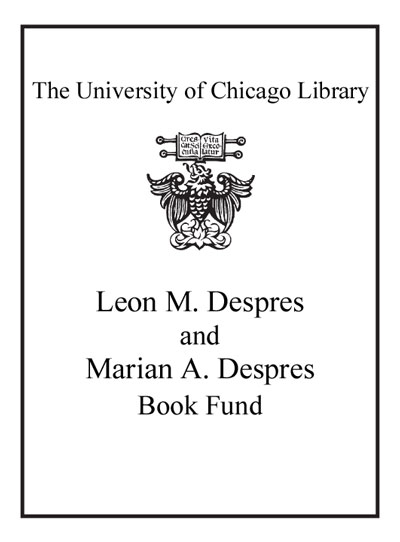Review by Choice Review
Lee (Mount Holyoke College) presents the story of San Francisco's Chinatown, from its beginnings around 1850, as a portside spillover of immigrant workers, through a century as a notable quarter of that city. Mustering a wealth of photographs, literary accounts, and other documents of the period, he traces its evolution from a "homosocial" world, where only men appeared in public, through a series of sometimes subtle but telling transformations. In the 1870s, members of the arty "Bohemian Club" nearby were drawn to that exotic neighborhood for their promenades, camera or notebook at hand. Their portrayals of Chinatown and those of other outsiders who followed disclose changes of technique and content that Lee elucidates. Leveled by the earthquake and great fire of 1906, Chinatown soon reappeared as a "Westernized" tourist lure for visitors to the splendid Pan-Pacific Exposition then being built. Meanwhile, involvements with Chinese politics in Asia quickened. Two final chapters probe questions of Chinatown's visibly alien cultural identity. First, a radical artists' club was founded in the 1920s; in the '30s, "The Forbidden City," a racy Chinese-American nightclub, became a downtown landmark. But even at mid-century, a Chinese presence still awaited real acceptance. A challenging subject, sensitively handled. All levels. F. A. Trapp emeritus, Amherst College
Copyright American Library Association, used with permission.
Review by Library Journal Review
The public perception of San Francisco's Chinatown, home to thousands of ethnic Chinese since the earliest years of the city, has been largely based on the writing and imagery of non-Chinese observers with varied agendas. Portrayed by some as an exotic and dangerous site of tong wars and opium dealing, it was also seen as a crowded living space occupied by sensible, hard-working immigrants. Lee (art, Mount Holyoke Coll.) has attempted to show how outsiders pictured Chinatown by closely analyzing almost 150 photos and paintings from the 1850s to the 1950s. Included are the well-known works of Arnold Genthe and Dorothea Lange, as well as images from the San Francisco Police book of mug shots. Missing from the roster of mostly formal and artistic works are the scores of casual snapshots that must exist in private hands. In addition, Lee does not attempt to use images found in the commercial advertising or popular media of the day. The result is well written, well researched, and beautifully produced, but ultimately this is an academic study that carefully notes crisp facts and then shelves them for other academics to pore over in quiet libraries far from the streets of Chinatown. The real question that Lee approaches but never really descends from the ivory tower to wrestle with is how it feels to have your place in America always defined by other people. David McClelland, Philadelphia (c) Copyright 2010. Library Journals LLC, a wholly owned subsidiary of Media Source, Inc. No redistribution permitted.
(c) Copyright Library Journals LLC, a wholly owned subsidiary of Media Source, Inc. No redistribution permitted.
Review by Choice Review
Review by Library Journal Review

